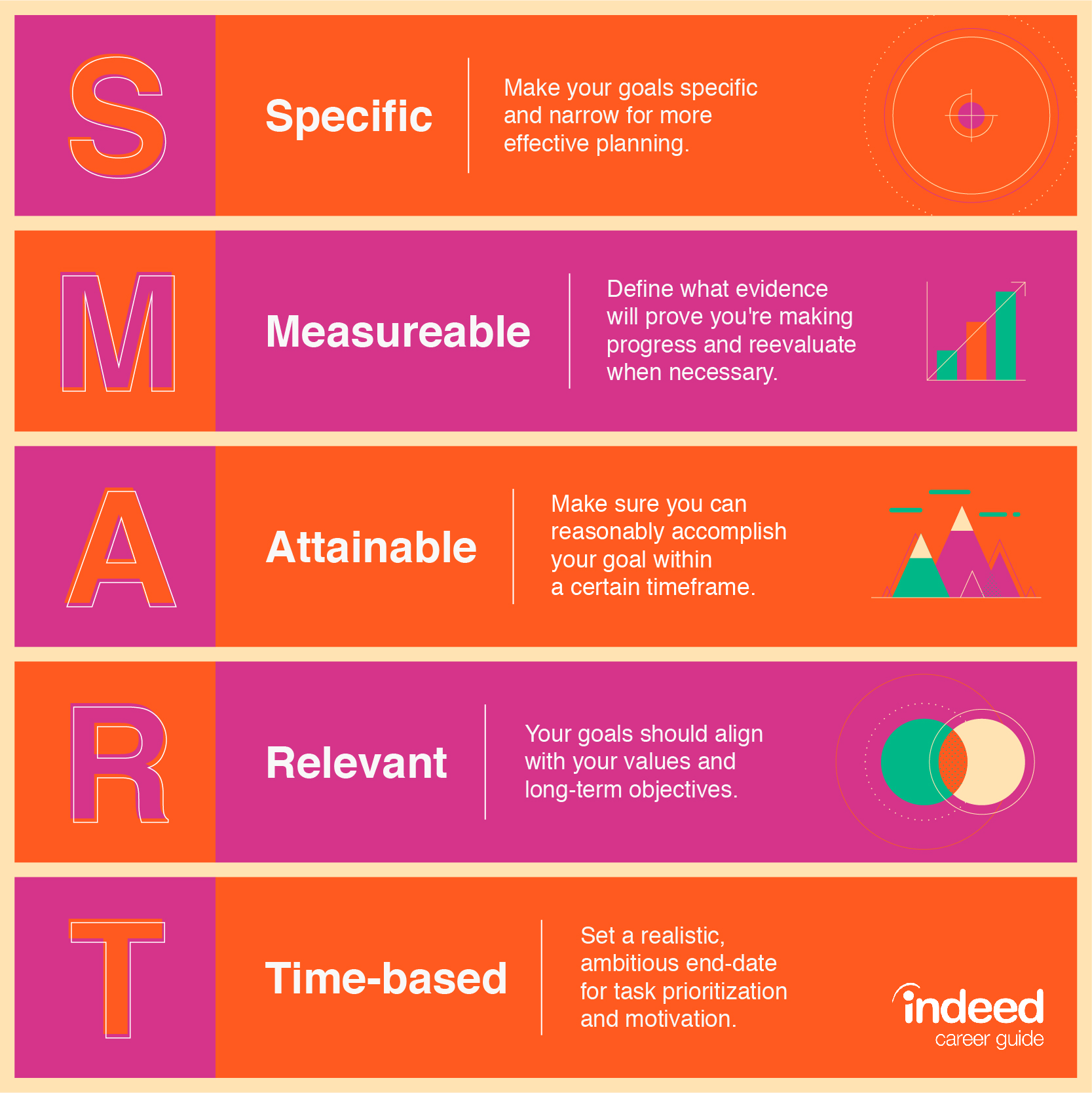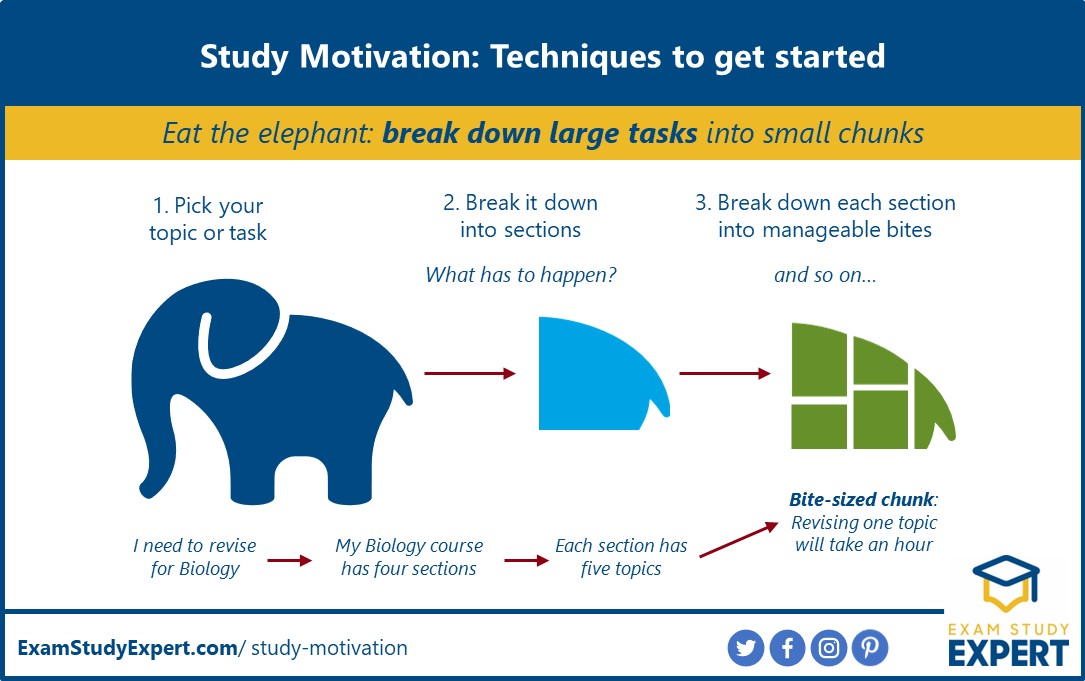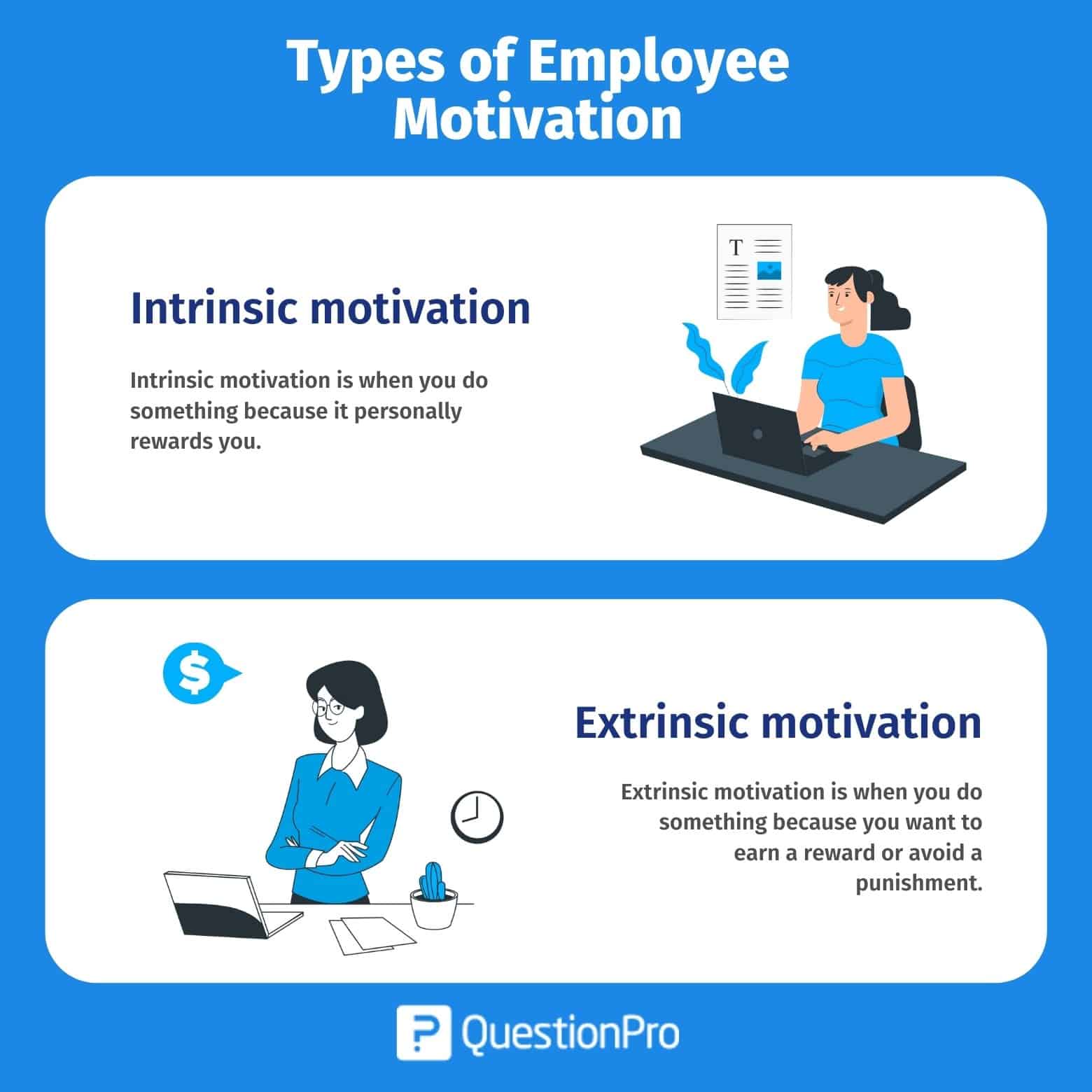Understanding the power of action to trigger motivation
Getting started:
Sometimes, the hardest part is simply getting started. By taking that first step and initiating an action, you can build momentum and overcome any initial resistance or inertia. Setting small goals:
Breaking down your larger goals into smaller, manageable tasks can make them less daunting. Taking action on these smaller goals provides a sense of achievement and motivation to keep going. Creating a routine:Establishing a
regular routine can help create a sense of structure and consistency. By incorporating action into your daily or weekly routine, you can cultivate a habit of motivation and progress. Seeking accountability:
Sharing your goals and progress with others can provide a sense of accountability. Whether through a mentor, coach, or supportive friend, having someone to check in with and hold you to your commitments can be a powerful motivator. Celebrating milestones:
Recognizing and celebrating your achievements along the way can boost your motivation. Take time to acknowledge your progress, no matter how small, and reward yourself for reaching milestones.

Setting Clear Goals
The importance of setting clear and specific goals
Real-life examples of goal setting leading to motivation

Taking Small Steps
Breaking down goals into manageable tasks
Real-life examples of taking small steps leading to motivation
Fitness:
Instead of setting a goal to run a marathon immediately, start by going for short walks and gradually increasing the distance and intensity. Taking small steps will build your stamina and motivation over time. Learning a new skill: Rather than trying to master a complex skill in one go, break it down into smaller components and practice one aspect at a time. As you progress and see improvement, your motivation will increase. Career development: If you aspire to climb the corporate ladder, start by setting small goals like attending networking events or acquiring new skills through online courses. Each step forward will boost your motivation to reach higher levels.

Surrounding Yourself with Positive Influence
Creating a supportive environment for motivation
Cultivate positive relationships:
Surround yourself with people who inspire and motivate you. Their positive energy and encouragement can help fuel your own drive.Set clear goals:
Define clear and achievable goals for yourself. This will give you a sense of direction and purpose, making it easier to stay motivated. Eliminate distractions:
Minimize distractions that can derail your focus. Create a workspace free from unnecessary interruptions and ensure your environment promotes productivity.
Real-life examples of positive influence triggering motivation
Mentorship:
Having a mentor who believes in your abilities and guides you can be a powerful motivator. They can provide valuable advice, support, and encouragement along your journey. Supportive communities:
Joining communities or groups with like-minded individuals can boost motivation. Sharing experiences, challenges, and successes with others who understand your goals can be incredibly inspiring. Success stories:
Hearing about the successes of others in your field can ignite your own motivation. It reminds you that achieving your goals is possible and provides a roadmap for your own success.
Finding Inspiration
Seeking inspiration from others
Real-life examples of finding inspiration for motivation
Meeting successful entrepreneurs: Attending networking events and conferences can provide opportunities to meet successful entrepreneurs who can share their journeys and insights, inspiring you to take bold steps in your own business. Reading biographies: Reading biographies of influential people allows you to learn about their challenges, failures, and ultimate success. By understanding their journeys, you can find motivation to overcome obstacles and keep pushing forward. Listening to motivational podcasts: There are numerous podcasts available where motivational speakers share their stories and strategies for success. These podcasts can provide regular doses of inspiration and keep you focused on your goals.

Persistence and Perseverance
The role of persistence and perseverance in staying motivated
Real-life examples of persistence and perseverance leading to motivation

Conclusion
Summary of key strategies for using action to trigger motivation
Set clear goals:
Clearly define what you want to achieve and break it down into manageable steps. This provides a sense of direction and purpose, fueling motivation. Create a plan:
Outline the specific actions and timelines required to reach your goals. Having a structured roadmap helps to stay focused and motivated. Take small steps:
Start with small, achievable tasks to build momentum and gain a sense of accomplishment. This boosts motivation and encourages further action. Stay organized:
Keep track of your progress, deadlines, and priorities. This helps to stay on track, avoid overwhelm, and maintain motivation. Celebrate milestones:
Acknowledge and celebrate your achievements along the way. This reinforces a sense of progress and motivates you to keep going. Stay accountable:
Share your goals and progress with others, whether it's a friend, mentor, or online community. Being held accountable increases motivation and keeps you committed. Stay positive:
Cultivate a positive mindset and focus on the benefits and rewards of taking action. This helps to overcome obstacles and stay motivated.